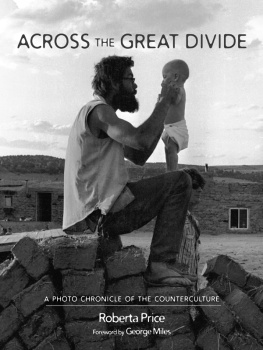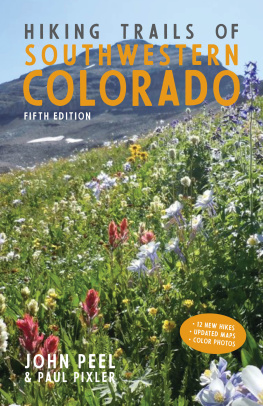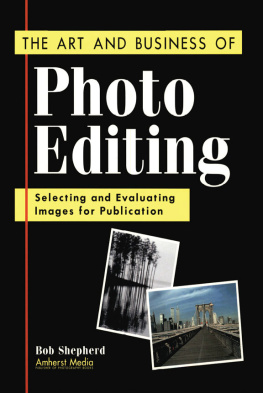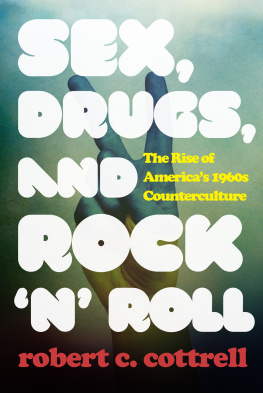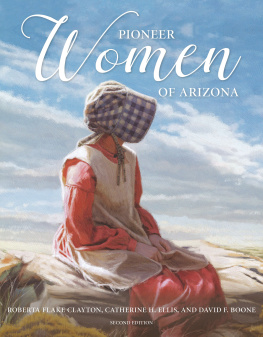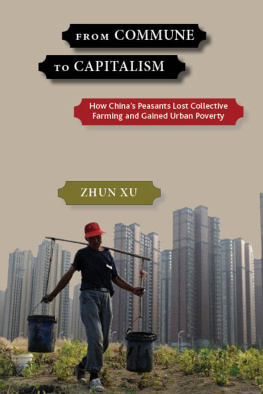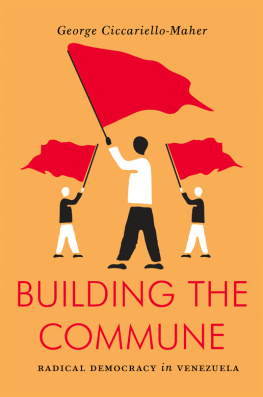The world we live in is but thickened light.
Washington, DC, November 1969
M y mind links our move west with a cold day in Washington, DC, when six hundred thousand of us marched to protest the Vietnam War. I have to begin this volume with a few shots of that day because to me they help explain why some of us became untethered and left for the West. This march may not have been the catalyst for everyone who left his or her conventional life behind, but some event like this was often the last straw and resulted in many young people packing up and heading out.
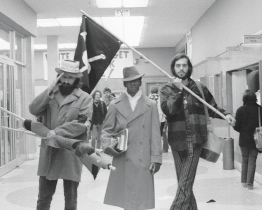
Preparing for the march at a student center
In Washington we were bounded by stone, cement, and pavement. Though the day was clear, the northern, late autumn sunlight was weak and didnt warm us. It was a Saturday, and the city was empty, except for us and the troops protecting the Pentagon. Inside the White House, Nixon was watching the Redskins game, pretending we didnt exist. The atmosphere was alternatively festive and grim. Exhilarated by our numbers, we gathered with nervous bravadoSome shit was going to go down, man, but we didnt know what. David and I came with other graduate students from Buffalo. The movement that influenced us most was surrealism. Ceci nest pas une protest! In preparation for the march, a friend had silk screened dozens of YIPPIE flags, and I had made a pirate flag. There were huge papier-mch heads of Nixon, his attorney general, Mitchell, and his secretary of state, Kissinger, mounted on poles, bobbing above crowds yelling for their impeachment. There was a big piece of rough canvas, quilted with fabric letters saying PEACE. The heads of those carrying the banner poked through holes in the cloth. The fabric billowed and rippled down the street, shaking like bad scenery in a high school play. A lone motorcycle trooper leaned against a granite wall on which a peace sign had been hastily painted. He watched us, crossing his big black boots, holding his club behind him, waiting.
In retrospect, it was clear that the authorities had decided to let us have our little protest march and then to get us out of town at sundown. There are only a few shots of the masked and helmeted troops running at us in the twilight, the bluish tear gas lit up by the streetlights, kids with scarves over their noses and mouths, dazed and confused, a Malcolm X poster fluttering on the ground.
For decades the stereotypes of the humorless political activists and narcissistic, pleasure loving, back-to-the-landers have lingered. Theres some truth in them, but for me and countless others, the personal was political, and the political was personal. We thought in grandiose terms and wanted instant results, as youth does. After we were gassed in Washington, our realization that we had to do something else to stay sane was visceral. We considered only dramatic choices. We could stay where we were, go underground and blow things up, or we could leave for higher ground and build a new life. We chose the latter; we had to do something else, and violence didnt appeal much to peaceniks. So we told ourselves we could cause change by our powerful example, and though it would mean hard work, it would also be fun. As the I Ching predicted almost every time we threw it (except when Youthful Folly came up), it was time for RetreatHexagram 33, The Creative (Heaven), over Keeping Still (the Mountain):
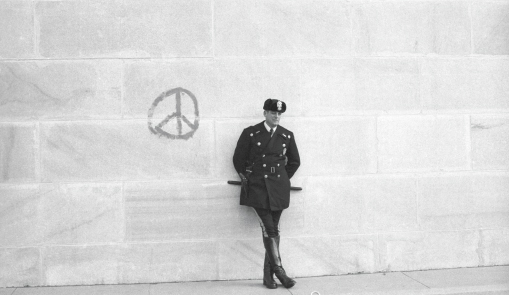
Trooper on the Mall
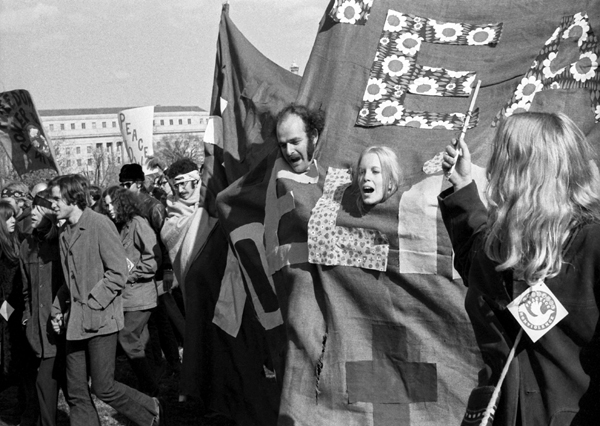
Peace Believe
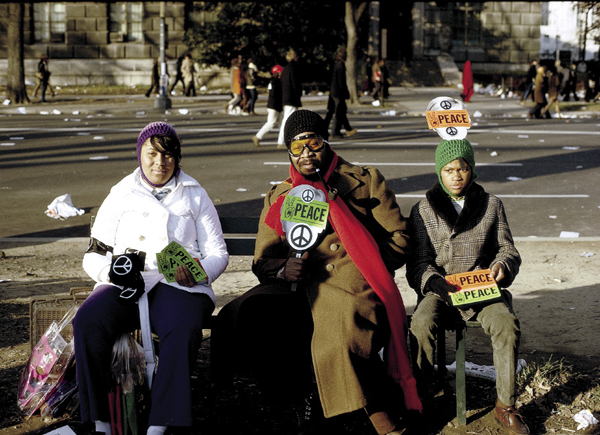
Peace family
The power of the dark is ascending. The light retreats to security, so that the dark cannot encroach upon it. This retreat is a matter not of mans will but of natural law. Therefore in this case withdrawal is proper; it is the correct way to behave in order not to exhaust ones forces.
We retreated to the light, and it wasnt just the grass and hash that made us feel we could fell Goliath this way, although our belief now might seem as silly as trying to levitate the Pentagon or wishing Tinkerbell back to life. The gaily painted domes, handmade adobes, and crooked log cabins, dwarfed by the Wests grand geography, stood in stark contrast to the cold, gray-white buildings in Washington that obliterated a sense of the natural world. We put Washington far away from us, across a Great Divide, and, for a while, we half believed we might become the capitol of a new nation.
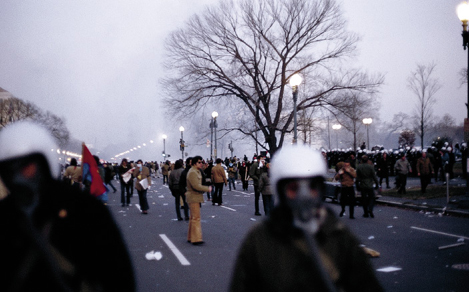
Tear gas on the Mall
New Mexico, Summer 1969
I n June we stopped briefly at Lama Foundation, a religious community founded by Barbara and Steve Durkee near Questa, New Mexico. Durkee had been at the earliest commune in the Southwest, Drop City, near Trinidad, Colorado, but Drop City had peaked and was waning by 1969. Though those at Lama were followers of Meher Baba, Lama was more eclectic in its spiritualism than other religious communities of the time. From its exquisitely designed and sited buildings, you could look out at the view D. H. Lawrence contemplated decades earlier from his cabin lower down on the same mountain. Our visit was short; the more disciplined organization of Lama made it hard to show up on the spur of the moment and fit in. The westward view from Lama epitomized an expansion of spirit and vision that was both inspiration and backdrop for the southwestern communes.
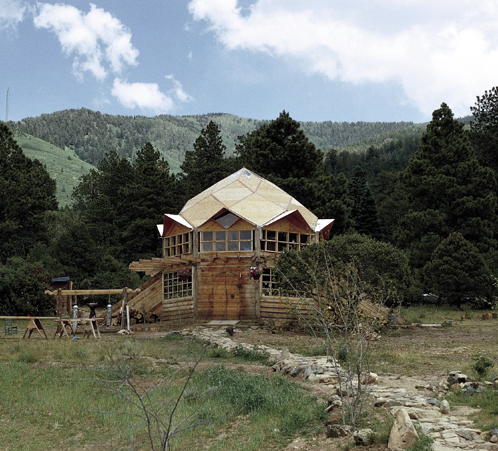
Kitchen building, Lama Foundation
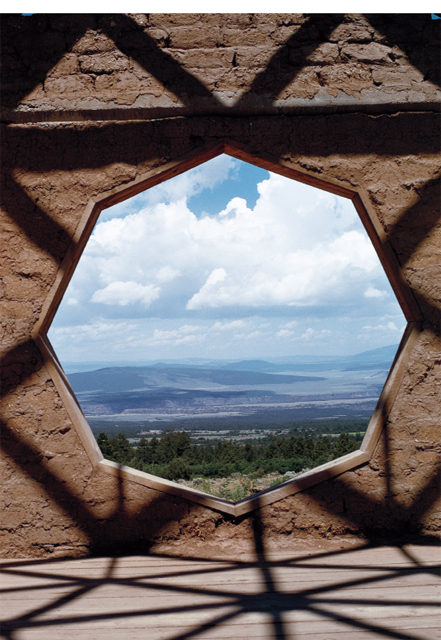
Window of main building under construction, Lama Foundation, Lama, New Mexico
Summer Solstice, Aspen Meadow, June 1969
I n June 1969, when we first arrived in Colorado, we heard a solstice celebration would be held in Aspen Meadow on Santa Fe Baldy Mountain, and we headed south to New Mexico. The summer solstice: the longest day of the year. We thought the druids and Mayans were on to something when they honored the sun on this day. On the days around June 21, 1969, the celebration took place on reservation land high up the mountain and rented from Tesuque Pueblo. A yellow canvas geodesic tent was set up, but most people just spread out over the meadow and parked their campers, cars, buses, and vans between the trees. Ken Kesey, author and Merry Prankster, was there with his bus Further, the magic bus of The Electric Kool-Aid Acid Test, an object of veneration, and already almost an artifact. Kesey strode around in red and white polka dot underwear, which he told us the Beatles had given him in London. Hugh Romney, aka Wavy Gravy, was there. He and others from the Hog Farm collective had parked their bus in the meadow too. Later that summer, Wavy and the Hog Farm would be the securitythe Please Forceat Woodstock. The Aspen Meadow solstice celebration prefigured Woodstock, but the New Mexico event was smaller and thinly populated, the sky was cloudless, everyone was prepared to camp, and there were no famous rock bands. As the school buses lined up for a race held on Saturday of that weekend, I couldnt help but think of the time that these vehicles were new and these people had been schoolchildren told to sit still and behave as they were driven to school. Now they climbed over the buses like monkeys. David filmed the race with his Super 8, almost getting run over in the process. Nobody seemed to care how much the buses tore up the meadow. The buses lumbered, listed, and leaned like great behemoths as the riders on top screamed, laughed, and held on for dear life.

